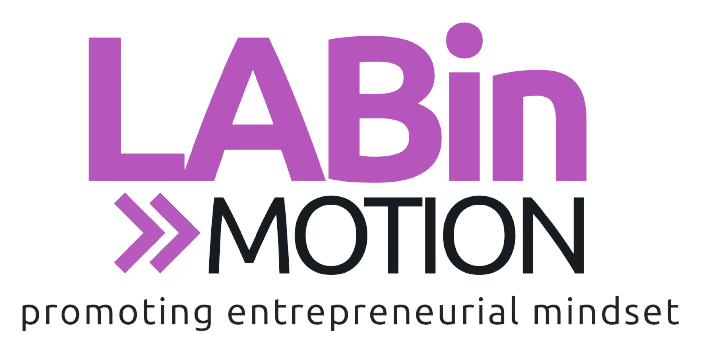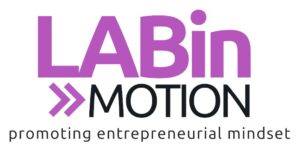Professor Theodore Levitt, in his famous Harvard Business Review (HBR) paper[i] titled “Marketing Myopia,” suggested that businesses need to shift their focus from producing and selling goods and services to understanding and meeting customer needs. Levitt used to tell his students, “People don’t want a quarter-inch drill. They want a quarter-inch hole!”
This change in orientation from production and selling to customer needs was the beginning of a customer-centric marketing approach. This triggered marketing professionals to look beyond products and customer behaviour and focus on customer motivation. The focus shifted to a needs-based explanation of behaviour. However, identifying needs was not easy, and marketers seldom arrived at a consensus. In his famous book, The Innovator’s Solution (2003), Harvard Professor Clayton Christensen popularised the idea of job-to-be-done. The idea remains closely linked to identifying customer needs. However, job-to-be-done shifts the customer’s attention to something that needs to be done at a functional level. In the example of a drill, the following questions may arise: Is making a hole the real job-to-be-done? What will the hole do for the customer?
The Customer-Action-Cycle framework helps in identifying where customer needs reside and provides tools to find them. This is being covered in my upcoming book on customer value discovery.

Does the customer really want a hole?
Let us revisit the drill example. When salesman-A visited the customer’s home, he noticed the customer struggling to maintain balance while making a hole because the drill seemed heavy. He also observed that the power cord was slightly short, and the customer was using an extension cord. The salesman went back to his boss and was excited that he identified two problems: the drill’s weight and the power cord’s length. On the other hand, salesman-B noticed the customer making holes to hang photo frames. He went back to his boss and reported that the customer wanted to hang photo frames. He suggested that a more practical solution was a hook with a strong adhesive that can take different loads. Organisations like 3M recognised this issue and brought out a range of utility hooks with a strong adhesive that could be stuck on walls with various load-carrying capacities. However, salesman-C noticed that the adhesives did not hold onto concrete and cemented walls properly. His organisation decided to manufacture concrete wall hooks that allowed the customer to hammer the inbuilt ¾ in. sharp nails onto a concrete wall. The concrete wall hooks had better load-carrying capacity than adhesive-based hooks.
Each salesperson looked at the “job-to-be-done” differently. Customers often focus on the functional aspects of getting a job done and are seldom aware of the psychological needs being met by getting the job done. When salesman-D spoke to the customer, he realised that the customer wanted to hang photo frames to meet his need for beauty and aesthetics. The salesperson realised that there were better ways to make the room aesthetically appealing and suggested talking to an interior consultant. The customer soon realised that his need could be met without making a hole or using hooks or hanging photo frames! Knowing what the customer needs can open different choices of action.
The needs-based motivational approach is one of the ways to explain human behaviour. Marketers widely follow the needs-based approach. American psychologist Henry Murray propounded the needs-based motivational theory in the 1930s that Abraham Maslow further expanded in the 1940s. Henry Murray believed that everyone had a universal set of needs and these needs drove people to act in a specific way. In other words, every action meets a need. Since these needs help us survive and adapt to our environment, there is an inherent value attached to these needs.
Difference between Needs and Values
Many people use needs and values interchangeably to mean the same thing. However, there is a qualified difference between needs and values. Every need has an inherent and enhanced value. The inherent value of a need (e.g., freedom, honesty, appreciation, fun, respect, love, etc.) is derived from a shared meaning. The dictionary is a good starting point to understand this shared meaning of a need. Customers can interpret the same need by attaching different meanings, thus creating a wide range of perceptions with varying degrees of importance. These interpretations influence the choices of action undertaken to meet a need and allow the marketer to create value by changing the meaning or importance attached to a need. You are unlikely to hear about “need creation” but will often hear about “value creation.” The inherent value attached to a need does not change much, but the enhanced value of a need derived from varying interpretations and priorities can change[ii]. The idea of enhanced value is subjective and allows the marketer to create a differential value. It depends on individual experiences, beliefs, memories, personality, knowledge, and attitude. Needs are discovered, but value is created. For example, safety and convenience needs can be interpreted in different ways, thus creating an opportunity for marketers to offer a differential value to customers.
University of North Carolina Professor Valarie Zeithaml defined “perceived value” as the consumer’s overall assessment of a product’s utility based on the perceptions of what is received and given[iii]. This definition is considered complete and is widely popular amongst researchers. It highlights the fact that value is a perception that is derived out of the meaning we attach to something.
The drill example shows that a deeper understanding of customer value will allow the marketer to explore more solutions. The need-based theory of motivation has identified a list of standard needs believed to drive people to act. This list gets longer with various attempts to identify new needs. In contrast, researchers are always looking at ways to categorise these needs into smaller sets of buckets to explain all human behaviour!
In many cases, the supplier and customer are involved in discovering mutual needs and jointly explore ways of co-creating mutual value.
[i] Levitt, T. (1960). Marketing Myopia. Harvard Business Review.
[ii] S.Parthasarathy (2018). Unmet Needs of Entrepreneurship. Rupa Publishers, New Delhi, p. 44.
[iii] Valarie A. Ziethaml (1988). Consumer Perceptions of Price, Quality and Value: A Means-End Model and Synthesis of Evidence. Journal of Marketing, 52(3): pp. 2–22.





